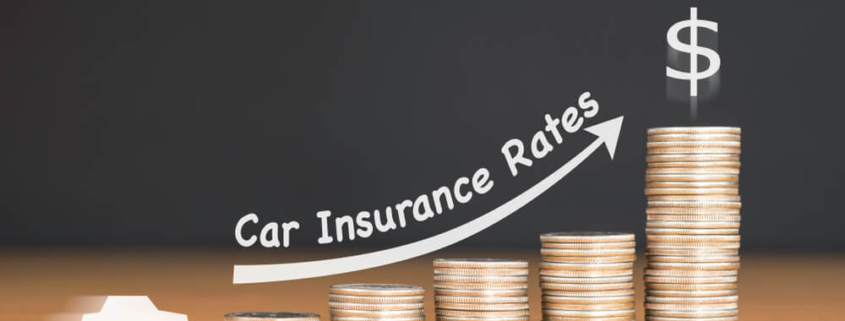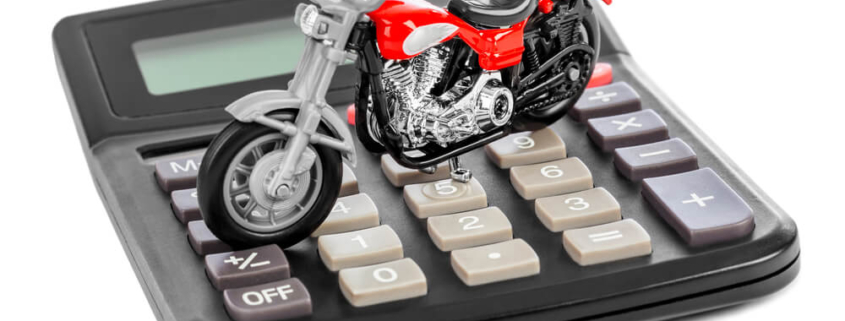Like your automobiles, your two-wheelers are precious adventure tools that you don’t want to see grounded or ruined. Also, considering the risks associated with riding your bike and accident-related fatality, you need insurance coverage that will protect you and your motorcycle.
Here’s a complete beginner’s guide to two-wheeler insurance that will help you avoid major financial pitfalls.
Motorcycle Insurance Requirements
It is a requirement in most states that motorcycle owners should carry liability coverage, which pays out for others’ injuries or damages if you cause an accident. Some states also require drivers to carry bodily injury liability, which covers passengers. Uninsured and underinsured motorist coverage pays out for injuries resulting from an accident caused by a driver who is either uninsured or has insufficient insurance.
What Does Motorcycle Insurance Cover?
Primarily, motorcycle insurance covers you and your motorcycle in the event of an accident, theft, or other perils. Usually, the minimum amount of liability for your motorcycle insurance is the same as your state’s car insurance minimum requirements. However, buying additional liability beyond your state’s minimum requirements will help you pay for legal costs and claims as well as protect your assets if you’re sued over an accident. Confirm with your insurer if your bodily injury liability insurance covers passengers.
Additionally, some states require riders to carry passenger liability, while some insurers offer property damage as a stand-alone coverage and not bundled with an uninsured or underinsured motorist.
Motorcycle Insurance Coverage Options
Standard auto insurance has similar coverage options as motorcycle insurance. Usually, coverages include liability and uninsured or underinsured motorist, while additional coverage options are available with most insurers. These options include:
- Collision: If you have a collision with another motorcycle, this coverage option pays for repairing your bike. However, it does not include repair of the third party’s bike or other stationary objects.
- Comprehensive: If your motorcycle is lost to theft or damaged due to vandalism, animal jam, hailstorm, or falling objects, and not collision, comprehensive coverage pays for the repairs.
- Medical Payments (MedPay): Regardless of who is at fault, MedPay pays the medical bills to treat an injury you sustain in an accident with your motorcycle. It does not, however, include damages due to lost wages and other expenses. Although, MedPay could help out if you don’t have health insurance.
- Personal Injury Protection: Pays for medical bills of injuries you, your passenger, or pedestrians suffer in an accident regardless of the person accountable for it. Because of their high rate of accidents, some states may not allow insurance companies to sell the coverage to motorcyclists. However, insurance companies offer add-on options, and some may offer one or more as part of their standard policies.
- Trip Interruption Coverage: If you have ever imagined your bike being disabled on a long road trip, usually 100 miles away from home, trip interruption coverage helps to foot the bills for your transport, lodging, and feeding.
- Coverage for Custom Parts, Equipment, and Accessories: Popular in most states, insurers add this coverage with comprehensive and collision insurance. It typically costs up to $3,000 but can go up as much as $30,000 if you add accessories that customize your bike. This coverage pays to replace your bike’s accessories at the aftermarket value.
- Transport Trailer Coverage: If you have a trailer attached to your motorbike and it is damaged in an accident, this coverage pays up to $7,500 for repairs.
- Roadside Assistance: Roadside assistance will make sure you don’t suffer when your bike suffers an emergency breakdown due to a flat tire, battery failure, electrical or mechanical fault. It covers the costs of towing and labor.
Why Do I Need a Motorcycle Insurance?
Nearly all U.S. states require riders to carry motorcycle insurance with minimum coverages, including bodily injury and property damage liability. Please do not assume that your auto insurance covers your motorcycle because it doesn’t. If you are involved in a serious accident and lack motorcycle insurance, you may be left financially stranded. Therefore make sure to carry adequate motorcycle insurance.
How Much Motorcycle Insurance Should I Get?
The average cost of motorcycle insurance is about $702 in the U.S. However, this may vary from one state to another on the basis of your location or experience. A typical 21-year-old could pay between $900-1000 a year. Also, the amount of liability coverage you buy depends on your assets and targets for the lawsuit. However, if you have significant assets, high liability limits are essential.
Most states require vehicle owners to carry some small amount of liability insurance but getting additional coverage options depends on the worth of your bike. You may need additional coverage if you drive a Yamaha BMS Chopper. It’s a different story if you are cruising a Kawasaki Ninja 400. Importantly, if your bike is totaled or stolen, collision or comprehensive coverage only covers the current, fair market value and not necessarily the amount you bought it for.
With regard to uninsured or underinsured, it is crucial to get as much of this coverage as you can reasonably afford. This is why additional insurance coverage could be your best buy when catastrophe strikes. Even if you go without an accident your whole life and all your insurance premiums were unused, it is a worthwhile investment.
Considering the risks associated with riding your bike, getting the coverage that keeps you fully protected is important. If you need assistance with your auto and motorcycle insurance coverage, contact the experts at James Page Insurance today. We are ready to assist with all your insurance needs.



